Technological advances and changes in the world of work have made many professions disappear, becoming a memory in history books and scrapbooks. A look at seve extinct professions
Ice cutter
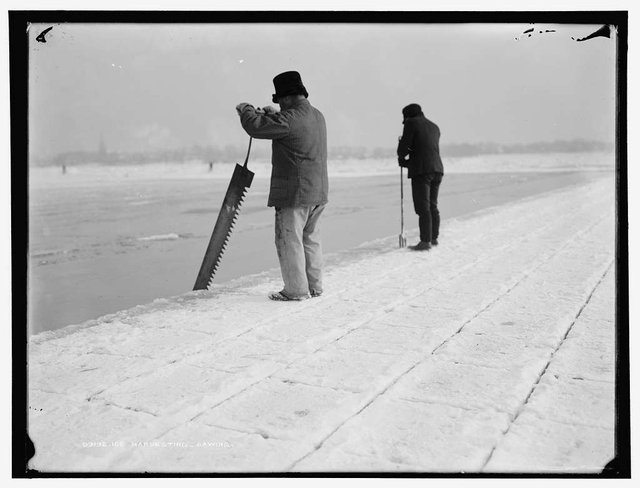
Cutting ice was an occupation in cold countries. They were responsible for acquiring large chunks of ice from frozen lakes and rivers in winter and transporting them to urban areas; with the invention of the refrigerator in the mid-19th century, ice could be purchased anywhere in the world.
Town crier
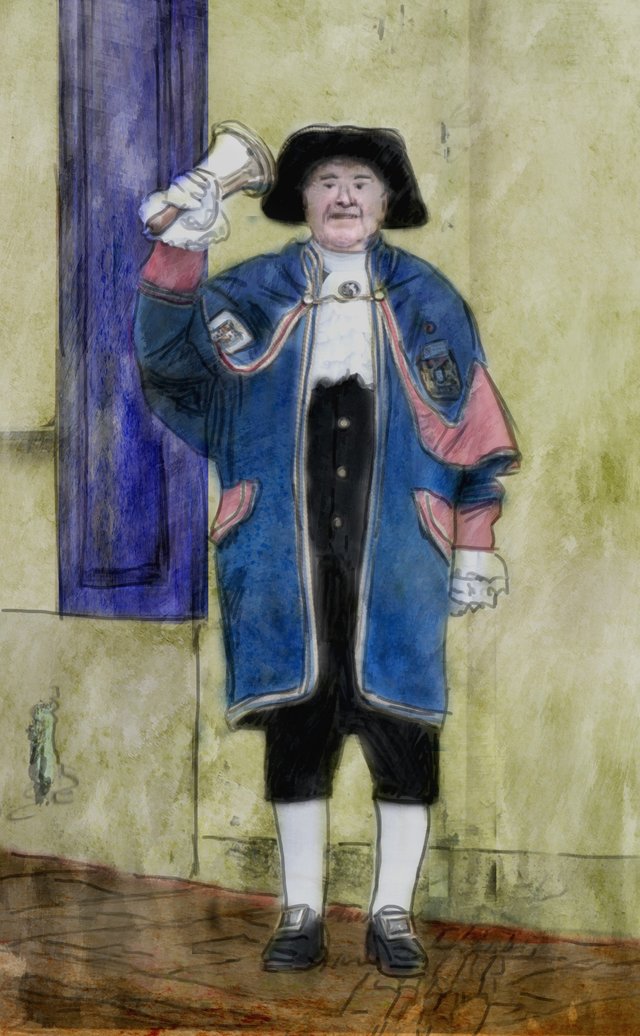
Also called a messenger, he was an authority in charge of making public announcements, such as decrees, court orders and statutes. In 17th century Europe, this was how the people became aware of the king's decisions.
Daguerreotypist
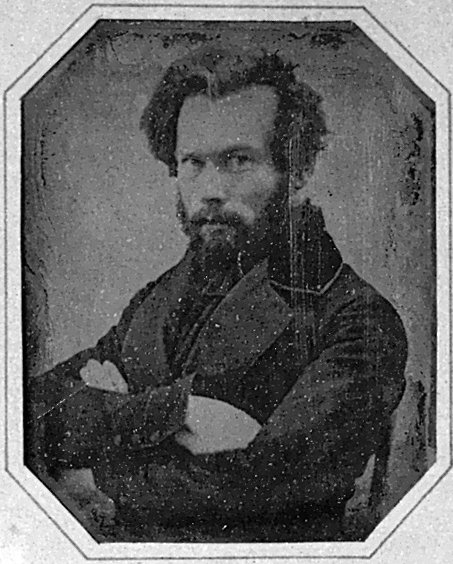
Created in the first half of the 19th century, the daguerreotype was a piece of equipment that allowed printing an image on copper foil, and was the predecessor of the Photographic Camera.
Leech collector(leech gatherer, or leech finder)
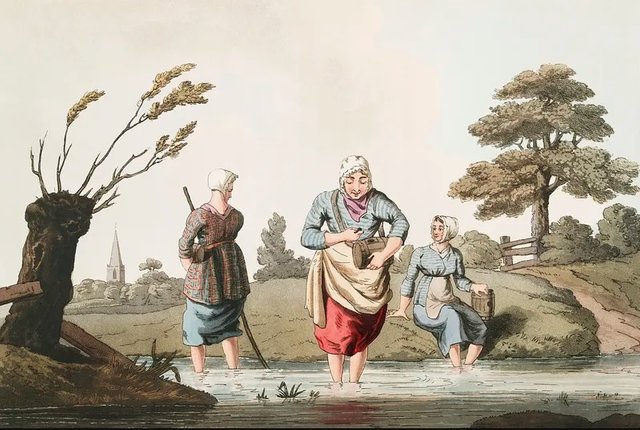
Until the end of the 19th century, the medical practice of 'bleeding' was practiced in many parts of the world.
Knocker-up
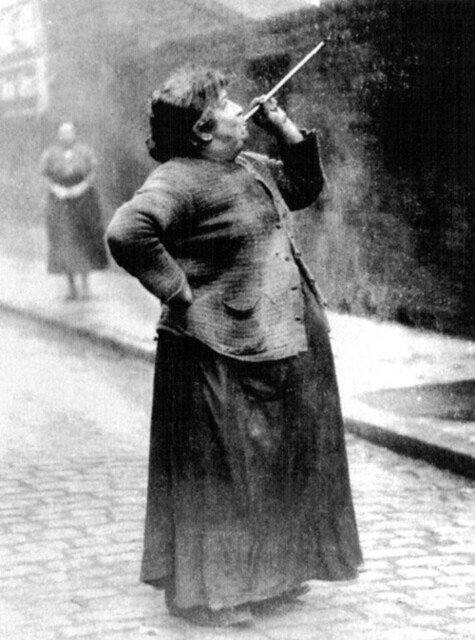
In some European countries people were hired to knock on windows with long sticks and throw pebbles. These specialists, known as 'knocker-upper', were indispensable during the Industrial Revolution; lost their function when the alarm clock was invented in 1876.
Telegraph operator
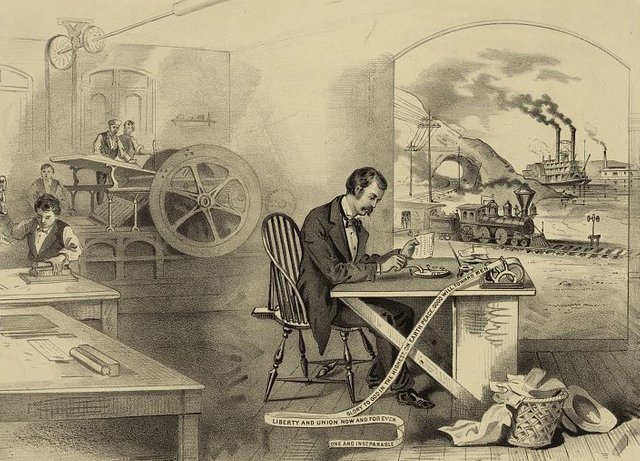
The electric telegraph, invented by Samuel Morse in 1835, allowed signals to be transmitted over wires.
Lamplighter
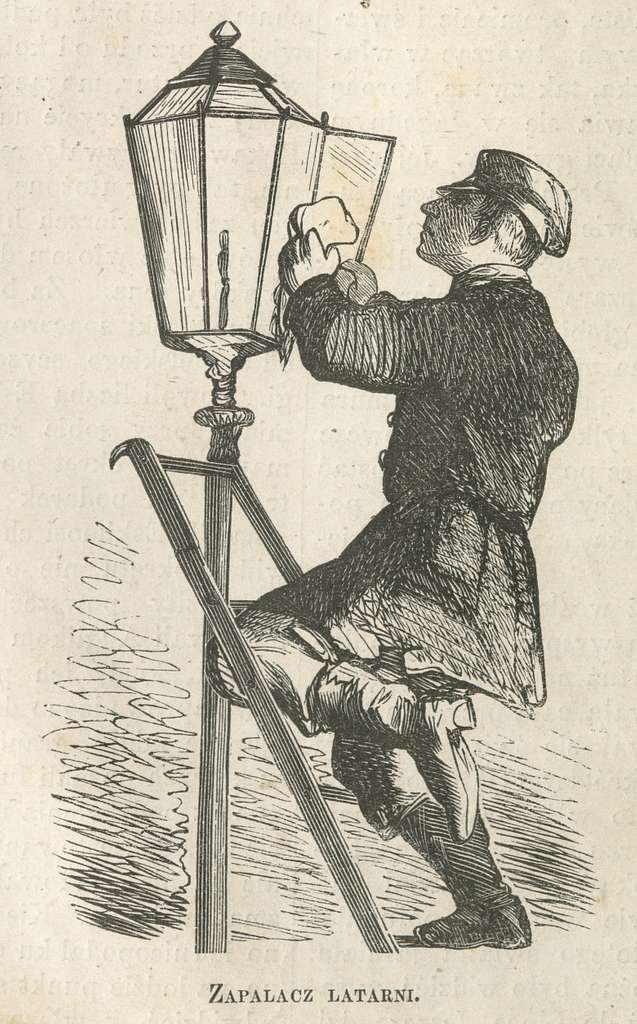
In 1879, Thomas Edison created the first incandescent light bulb. At the time, major cities around the world were still using public lighting systems powered by gas or oil. And because these lamps had to be turned on early in the morning and turned off early in the morning, the use of a lamplighter was essential.